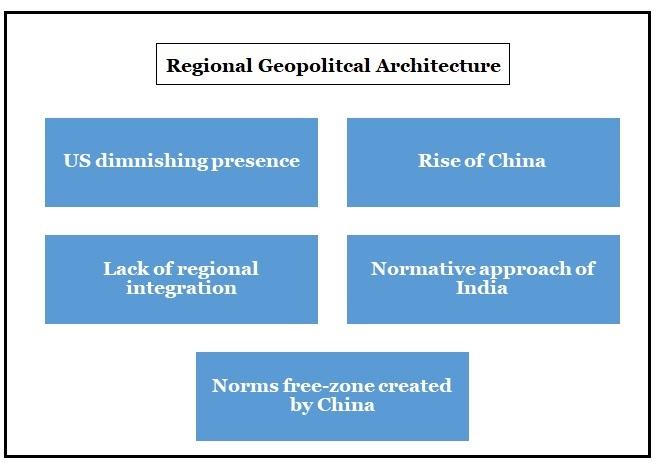7667766266
enquiry@shankarias.in
India's foreign policy faces challenges in its neighbourhood, where China has become a major rival and superpower in the region.
|
Challenges |
About |
|
Anti-India regime |
Countries in South Asia are hostile or unfriendly to India.
|
|
Aggressive China |
China has become a major player in South Asia, offering economic and strategic benefits to the smaller states in the region.
|
|
Geopolitical lock-in |
India will be geopolitically locked in within an unfriendly South Asia.
|

Reference
SIVASAKTHI 2 years
useful